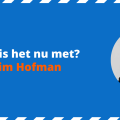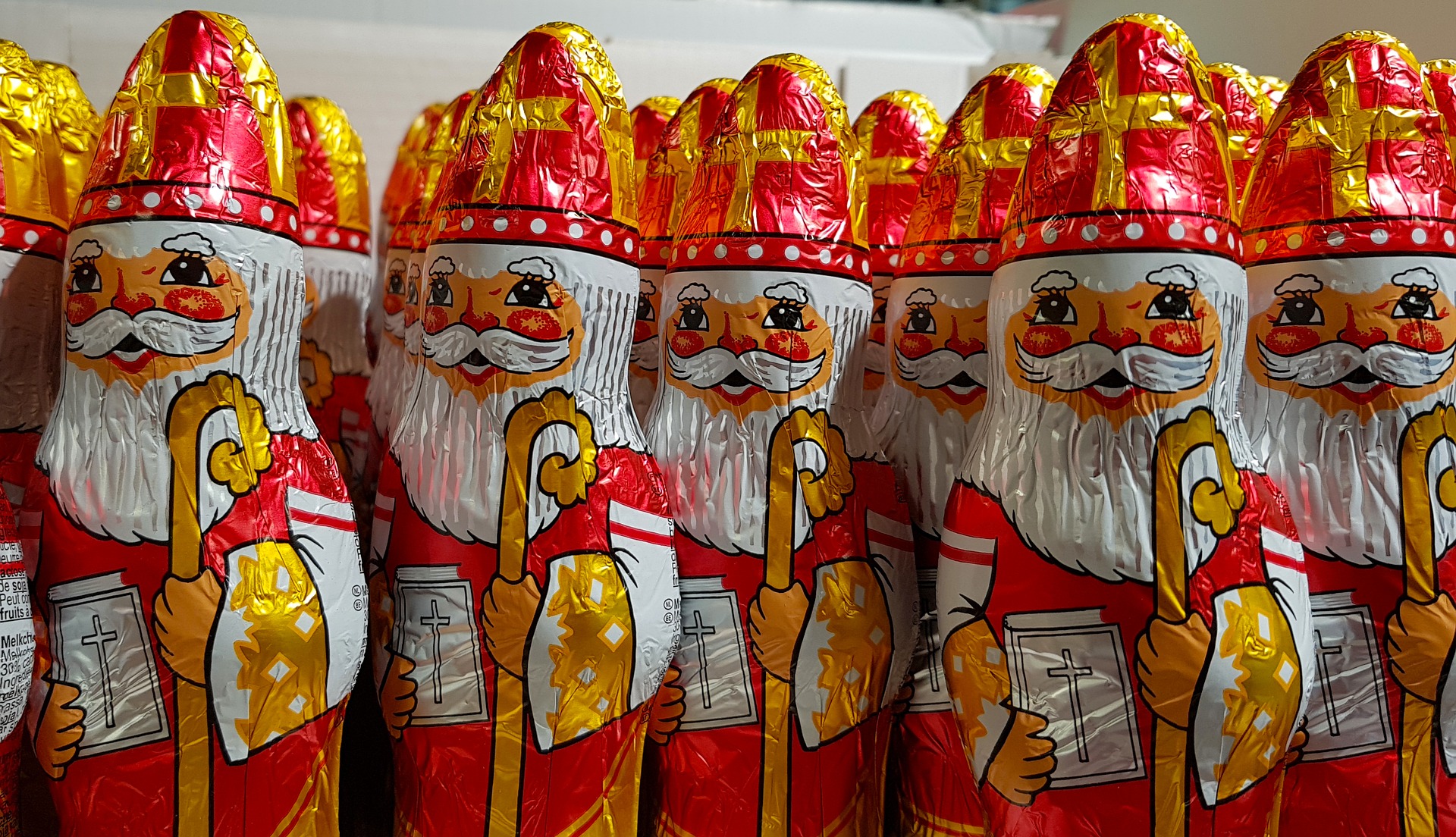
Zwarte Piet - The issue that grew
“Ten years ago, two men demonstrated for the first time against Zwarte Piet. It was the start of attention for an issue that had until then been more dormant and received little attention outside the group of those directly involved. It was also the prelude to fiery discussions that led to deep divisions.”
This discussion around Zwarte Piet provides a good insight into how topics come onto the social agenda, how they grow and what this means for the realization of different behavior or policy in the long term.

A short impression
November 2011: During the national Sinterklaas arrival in Dordrecht, two men stand along the route: Quincy Gario and Jerry Afriyie. Both wear a T-shirt with the text 'Black Pete = racism'. Officers intervened fairly quickly. They tackled Quincy to the ground and dragged Jerry into an alley. The video of this went viral and the issue that Zwarte Piet is actually racism was on the map. This moment can be seen as the starting or trigger point of the discussion that has now been going on for a decade.
There was clearly no support at that time and it was too controversial for many Dutch people. Many thought it was a nonsense issue. Zwarte Piet was part of our culture and our traditions. Something that simply belongs to the Netherlands and should therefore remain.
Yet the issue has continued to grow. Just because of the sharp frame they gave their action: Zwarte Piet is racism. Zwarte Piet as an exponent of racism, slavery and our colonial history.
After first protest 2011 the issue has remained on the social agenda. Partly because the initiators continued to seek confrontation and take action. Verene Shepherd, human rights researcher from the United Nations, expressed her disgust in 2013 about the Sinterklaas celebration and its racist and insulting character. The first leaders indicated that they support this vision. But opponents also started to take action: The Facebook campaign Pietitie, an initiative of two starting entrepreneurs, was liked by millions of people. Frans Bauer made a song about Zwarte Piet and action groups stood up in all kinds of municipalities to stand up for Zwarte Piet.
When there is a social discussion about an issue, this always immediately results in the issue growing. Due to this discussion, the issue already started to shift. In 2013 we therefore also presented the Issue Award to both Quincy Gario and the entrepreneurs behind the Facebook campaign. Precisely because they both continued to put the issue on the agenda from different points of view, the issue grew in the Netherlands.
There are a number of notable turning points that can be identified. These kinds of turning points are necessary to keep the issue on the agenda. They are often controversial in nature or are perceived as controversial.
In 2014 the municipality of Amsterdam decides to say goodbye to Zwarte Piet. This was preceded by secret sessions between the local Sinterklaas committee and a number of activists including Jerry Afriyie. During this session the idea of the soot sweeper Pete also emerged, which fitted in better with the story about Sinterklaas's helper coming down the chimney. For the Sinterklaas Committee, the conversations with 'the activists' were exciting, especially because not everyone agreed with the proposed changes. The first parade with soot-sweeping Petes felt like a kind of liberation. Especially because many more people of color came to the parade.
In 2016 RTL Netherlands indicates that it will stop showing Zwarte Piet, will no longer allow commercials in which Zwarte Piet was featured and will only talk about soot-wiping Petes in their programs. The NRC article explained how they came to that action: the turning point was introduced here by news anchor Diana Matroos who stated in an interview about racism in the workplace at RTL: “The manager scattered a handful of gingerbread nuts over my desk with the comment: for the only Zwarte Piet in the editorial office. That was presented as a joke. I didn't find that funny.”
Retail quickly responded to this, but this was often not done openly. Albert Heijn briefly tried to bring the discussion to its attention, but quickly backtracked. The issue was still too sensitive and caused too many opposing forces. Other retailers, such as Jumbo, HEMA, Intertoys and Bijenkorf, already said goodbye to Piets who were black and the external elements that went with it in their communications and brochures, but did not officially make this public.
It was striking that NTR, who is seen by many as the owner of the Zwarte Piet issue, took much longer to switch. They are responsible for the national arrival, at least for the reporting in images and sound, and therefore they have an important role in setting the tone in the Netherlands. Every year we wait to see what the broadcaster's policy regarding Zwarte Piet will be. A solution is expected from them. There is even talk of NTR's Pieten guideline, which a city that is being held for the national entry must adhere to. It was only in 2019 that they completely changed. While everyone expected a leading role from the Sinterklaas news, they did not take it.
In 2017 there is a new tilt. Supporters of Zwarte Piet are blocking the way of their opponents, who are on their way to a demonstration in Dokkum.
Following this event, the initiators, officially organized for several years in Kick Out Zwarte Piet, adjusted their strategy. Previously, they chose one location to demonstrate where they were all going. They demonstrated in several municipalities and increasingly opted for a positive approach. Efforts were made to create support. Their message – a message that no one can or wants to oppose: Sinterklaas should be a celebration for all children. No longer was confrontation with the police, but peaceful demonstrations were chosen. What you then see are counter-protests: movements against the KOZP demonstrations. More and more municipalities, especially in the Randstad, are opting for a different Piet. Sometimes because they realize that Black Pete is a form of racism, sometimes because they see KOZP's approach as a benevolent form of blackmail: to prevent actions, they change the color of their Pete.
This was a good choice, because at a certain point staying away from the controversy no longer moves the issue forward. Certainly not when support for an issue is growing. Rather, it works in the opposite direction. It can have a polarizing effect, giving the opponents the wind at their backs and making their approach increasingly the choice of society and politics.
The business community was quicker to embrace this issue than the government: in 2020 Bol.com and later Coolblue said goodbye to Zwarte Piet with an official statement. A response from the government took longer: the Ombudsman for Children was the first government agency to take a clear position in 2016: they indicated that Sinterklaas should be a celebration for all children, including black children. But it was not until 2020 that there was an official response from our Prime Minister, partly in response to the large BLM demonstrations and conversations he had had with people with dark skin, where he openly indicated in the House of Representatives that he was of the opinion changed about Zwarte Piet and now saw this phenomenon as an exponent of institutional racism and discrimination.
The Black Pete issue has therefore grown and is now firmly on the agenda. Yet the discussion about it has not yet ended. The Randstad and large cities are already much further along in the process than the rest of the country, where they do not yet want to give up this tradition. However, the shift seems unstoppable. It is expected that more and more Dutch people will opt for Sooty Pete and perhaps that Zwarte Piet will increasingly be consigned to the history books in the coming years.





